Let me explain the public's misunderstanding - strong ≠ good, what you think is "light" is actually the top show off of tea.
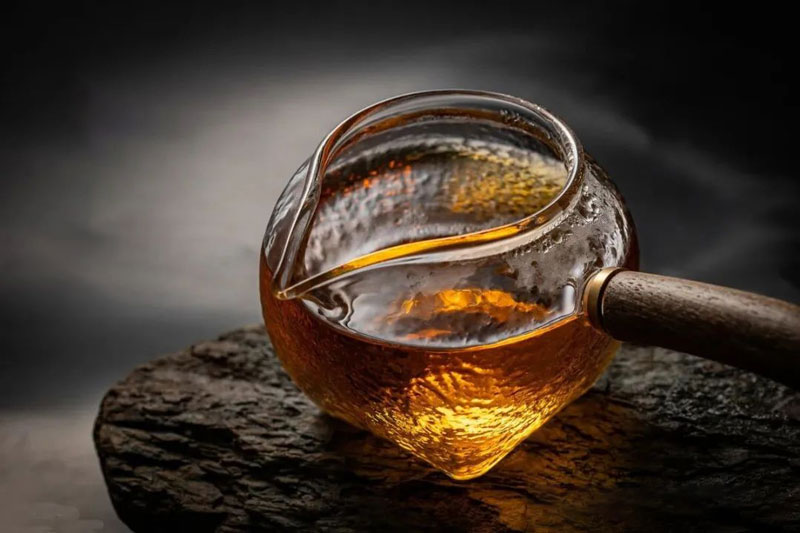
Some teas on the market are like being hit by a punch, so strong that your tongue is numb. Don't rush to praise them. Just like the overbearing taste of takeout often comes from the cover of heavy salt and spicy, this strong taste stimulation in tea may come from undesirable factors such as excessive killing at high temperature, uncontrolled pile fermentation, and violent rolling by machines. Its purpose is to cater to consumers who are "first-time experience".
"The Classic of Tea" says "the best taste is tasteless". Real good tea is like the peerless masters in martial arts novels. It looks calm on the surface, but it actually hides the world——
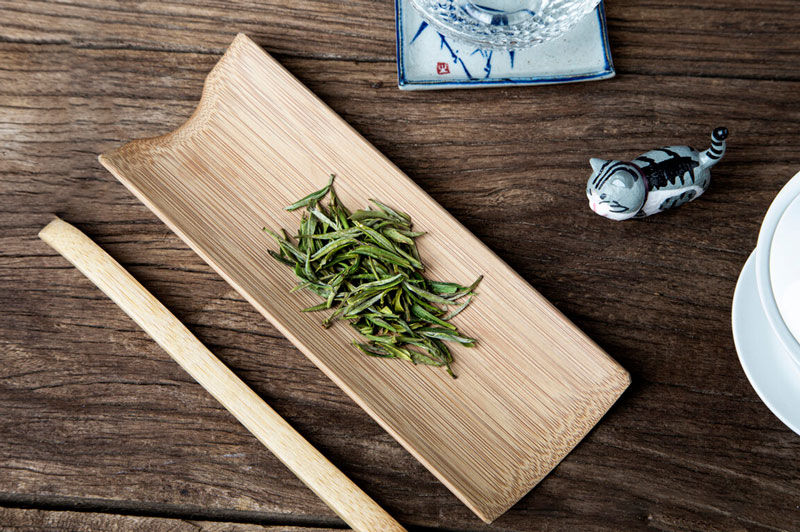
1. Dimensionality reduction attack of amino acids
Take Longjing before the Qingming Festival as an example. Why is it so light like "boiled water" but so expensive? The answer lies in theanine.
After nutrient accumulation throughout the winter, theanine in the young buds before Qingming is twice that of summer tea.
This sweet ingredient is not obvious at first, but it will form a layer of "slow-release umami film" that gently wraps the tongue surface in the mouth. This is why the first sip feels "light", but the sweetness lasts for half an hour.
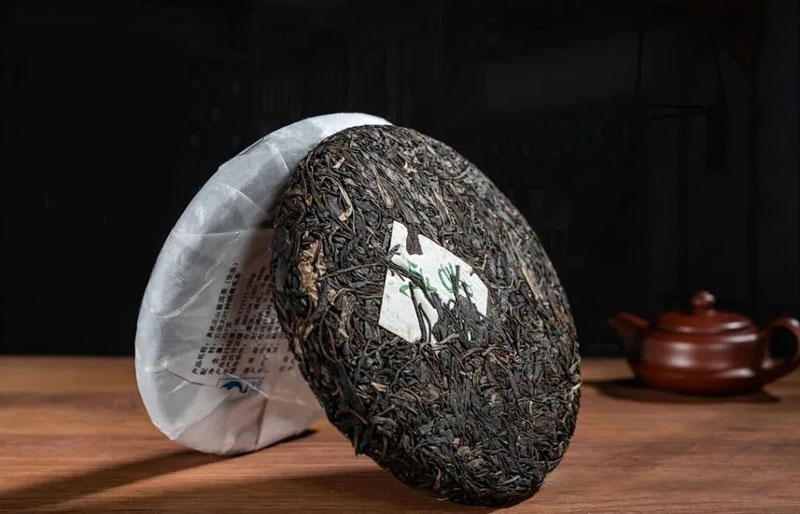
2. The slowness of old trees
Those who have drunk ancient tree Pu'er know that it tastes light like mountain spring water at first, and the honey fragrance begins to emerge after three brews. Why is this?
The old tree tea tastes lighter, which is actually the wisdom accumulated over the years.
The roots of the old tea tree go deep into the ground for more than ten meters. They absorb more minerals but release them slowly. The leaves have a thick wax layer and high pectin content, which is like a layer of "invisible protective film" wrapped around the tea leaves. It takes multiple brewings to release the essence.
Secondly, the theanine content of old tree tea is 2-3 times that of terraced tea, and the stimulating ester catechins are reduced. Therefore, you have to taste the blandness first before you can appreciate the aftereffect of the layers of blooming.
Rather than saying it is "light", it is better to say that it is restrained. As the saying goes, a true martial arts master will not use his big moves right at the beginning.
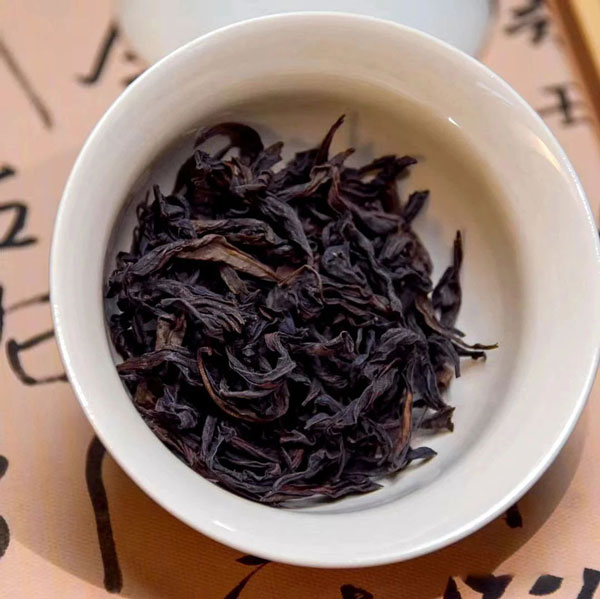
3. The subtraction philosophy of craftsmanship
Take the old silver needle as an example. Its value lies precisely in "nothing is done" - no frying or kneading, just lying quietly on the bamboo plaque, letting the sun and breeze do all the magic.
Let's look at the charcoal roasting process of Wuyi rock tea. Traditional charcoal roasting requires "three fires" and takes several months. The masters will stay up all night to watch the charcoal fire and adjust the temperature according to the state of the tea leaves.
The rock tea made by this process tastes mellow at first, but after three brews, the rock bone and flower fragrance will come like a tide. Even if it is brewed with cold water, it can still release a sweet aftertaste.
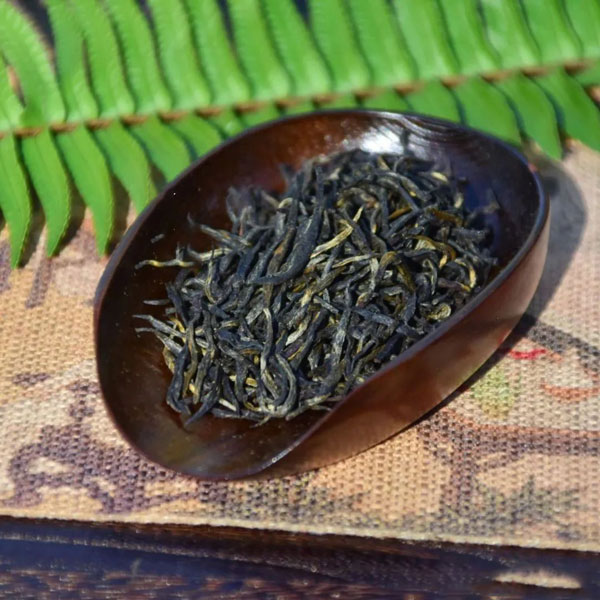
There is also Jin Jun Mei, which is even more exquisite than rock tea in that it is light at first and fragrant later. After all, it is made only from buds. The white hair on the surface of these high mountain buds is like a layer of armor, locking the inner quality firmly in the buds, and continuous brewing is even better!
The common point of these top-level processes is: respecting the true state of tea leaves, pursuing just the right amount rather than over-processing, and leaving room for tea leaves to transform.
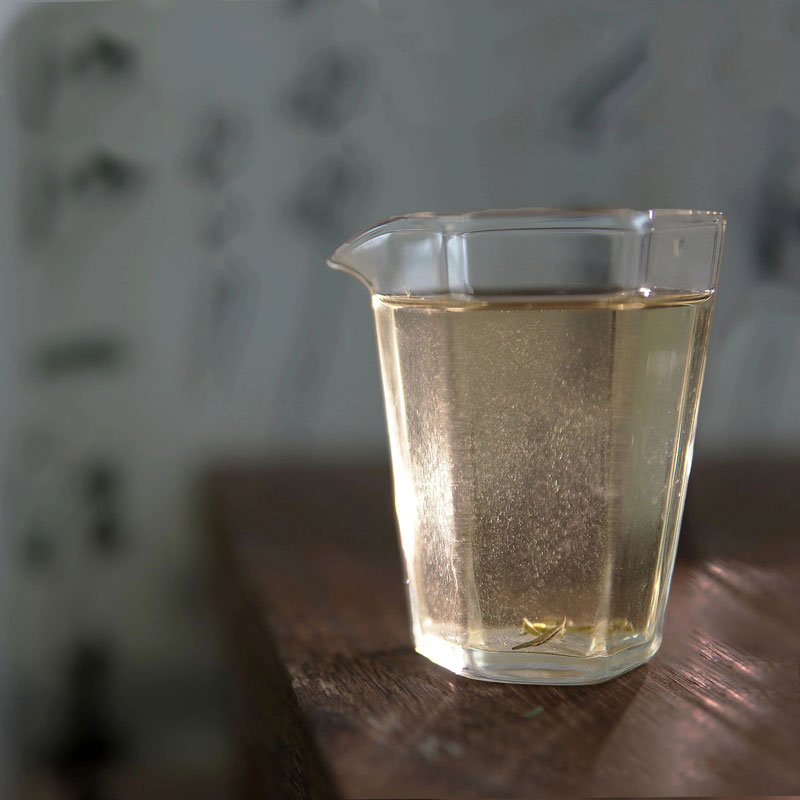
Good tea is like an ancient book that needs annotations. Its thickness is hidden in the aftertaste, and its fragrance is hidden at the bottom of the cup?

%20--%3e%3c!DOCTYPE%20svg%20PUBLIC%20'-//W3C//DTD%20SVG%201.1//EN'%20'http://www.w3.org/Graphics/SVG/1.1/DTD/svg11.dtd'%3e%3csvg%20version='1.1'%20id='图层_1'%20xmlns='http://www.w3.org/2000/svg'%20xmlns:xlink='http://www.w3.org/1999/xlink'%20x='0px'%20y='0px'%20width='256px'%20height='256px'%20viewBox='0%200%20256%20256'%20enable-background='new%200%200%20256%20256'%20xml:space='preserve'%3e%3cpath%20fill='%23FFFFFF'%20d='M194.597,24.009h35.292l-77.094,88.082l90.697,119.881h-71.021l-55.607-72.668L53.229,232.01H17.92%20l82.469-94.227L13.349,24.009h72.813l50.286,66.45l58.148-66.469V24.009z%20M182.217,210.889h19.566L75.538,44.014H54.583%20L182.217,210.889z'/%3e%3c/svg%3e)